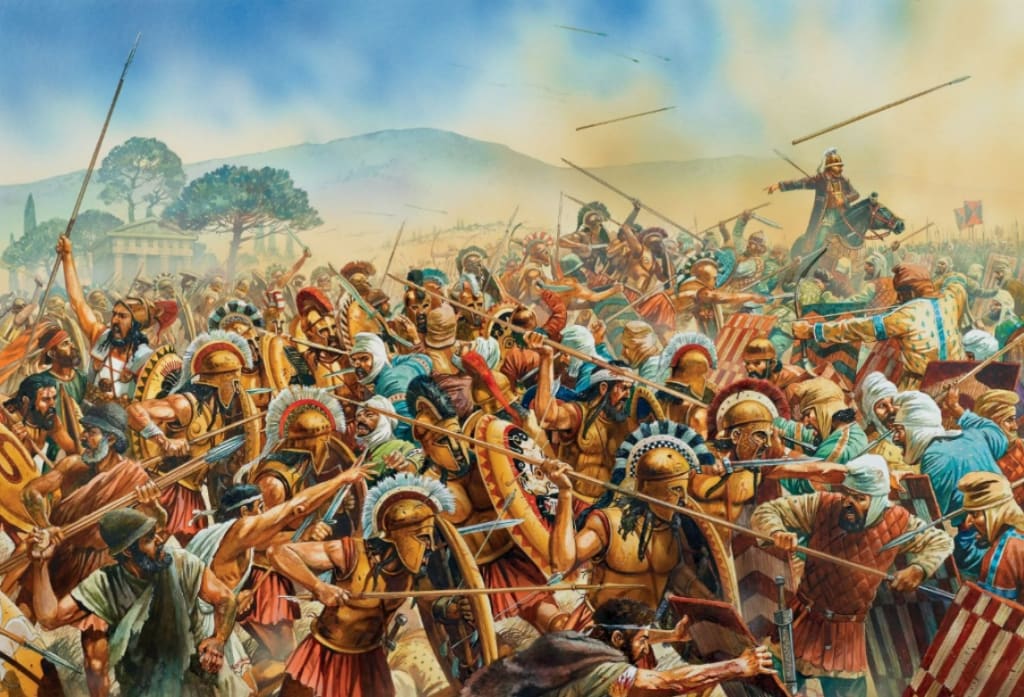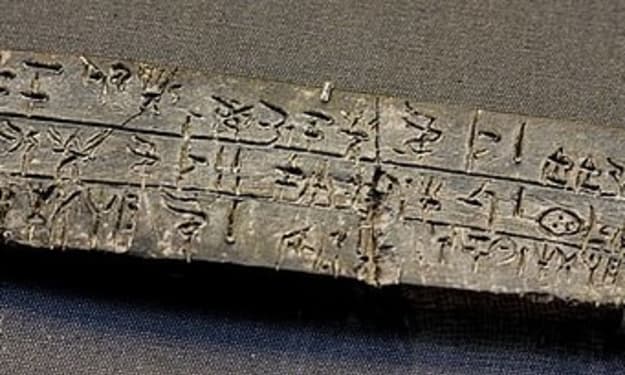THE ARROW THAT WROTE ANABASIS
The Army of 10 000

Persian Empire is known as one of the most interesting big Empires in “Before BC” period of history. We’ve all heard about story of Babilon tower found in the Book of Genesis in the Hebrew Bible. There are many myths that are connected to this Great Empire and some of most strange war strategies and weapons that were used. Persians also used different animals in battles such are war elephants.
Whole region was characterized by a rich tapestry of religious beliefs and practices, reflecting the diverse cultures and peoples within its borders. These differences were one of the main reasons why empire collapsed, but one of these reasons is an increasingly frequent struggle for power within the ruling dynasty. Big rebels presented instability in state and rise of other Empires near to Persia happened in this periods. Some of fights between successors even showed the weakness of Persian army and rebel of Cyrus the Younger surely showed this.
This conflict happened in 401 BCE between sons of King Darius II. During the reign of King Artaxerxes II, older son of King Darious, who ruled from 404 to 358 BCE, his younger brother wanted to claim the throne. Cyrus didn’t have so big support so he assembled a large mercenary army composed mostly of Greek soldiers. History will remember this army as “ Army of 10000 ”
Cyrus intention was to march into the heart of the Persian Empire to depose Artaxerxes II and claim the throne for himself. His ambitious plan was met with initial success as he managed to advance deep into Persian territory, and his forces even came within striking distance of the royal capital, Babylon. Battle that was crucial for outcome of this conflict was “Battle of Cunaxa”.During the battle, Cyrus led a daring and ambitious cavalry charge in an attempt to confront and overthrow his brother, King Artaxerxes II, and claim the throne for himself. The Greek mercenaries, known as the Ten Thousand, were fighting alongside Cyrus's forces, supporting his claim to the throne.
As Cyrus charged ahead, he managed to penetrate deep into the Persian ranks and was briefly successful in breaking through the enemy lines. However, his charge became isolated and exposed, leaving him vulnerable to attack from multiple sides. During the confusion and chaos of the battle, Cyrus was struck by an arrow. The Greek soldiers were left leaderless. As they were deep inside enemy territory, surrounded by hostile forces, the situation looked dire. Nevertheless, the Greeks managed to regroup, and with the help of their generals, they held their ground against the Persian forces for the rest of the day.
Without a clear leader, they faced a perilous situation, unsure of their next steps. One thing is for sure, they had to retreat. Xenophon, who was not originally in a leadership position, emerged as a key figure during the retreat and provided a detailed firsthand account of the army's trials and tribulations. Different sources are said that in army of 10000 were not only Greeks but also a mix of other nationalities, such as Thracians and Anatolian Greeks. Historians also claims that beside soldiers in this army were also some women who accompanied their husbands and lovers on the campaign. Xenophon mentions that there were several camp followers, including wives and prostitutes, who played crucial roles in providing support to the soldiers during their journey.
This remarkable retreat, known as the "March of the Ten Thousand" or the "Retreat of the Ten Thousand," became an epic feat of endurance and survival. The Ten Thousand navigated through hostile territories, crossing mountains, deserts, and rivers, while fending off attacks from various adversaries, both human and environmental. Persian authorities attempted to hinder their retreat, but the Ten Thousand demonstrated unity and discipline in the face of adversity. Xenophon's leadership and tactical skills played a significant role in guiding the army safely back to Greek territory.
After army successfully negotiated safe passage with the local Persian satrap Tissaphernes, they had to travel through a vast and unfamiliar region, often through hostile territories controlled by various Persian rulers and tribes. They faced constant threats from local forces and had to remain vigilant to defend themselves. Some of enemies even used war elephants and they were real challenge as they never saw that these beasts were used like this.
One of the most difficult parts of their journey was their crossing of the snowy mountains of Armenia during winter. The conditions were severe, with freezing temperatures and a lack of provisions. Many soldiers and animals perished during this harsh trek. Along their route, the Ten Thousand occasionally came across friendly or neutral local tribes, and they were able to establish alliances and obtain supplies from these groups, which helped them survive. At one point, the army had to cross the Tigris River, which posed a significant challenge. Xenophon used his engineering knowledge to construct makeshift boats to ferry the soldiers across the river safely.
After months of relentless marching, numerous skirmishes, and enduring extreme hardships, the Ten Thousand finally reached the Black Sea coast. They encountered Greek cities in the region and were welcomed as heroes. Their journey was complete, and they had successfully made it back to Greek territory. Xenophon , who was in some way the leader of 10000 during retreat, was ancient Greek philosopher and historian. He wrote all about this remarkable ascending of a mercenary army of 10000 Greeks. The book called “Anabasis” narrates the epic journey during retreat from Persia which was caused by an arrow.
About the Creator
Enjoyed the story? Support the Creator.
Subscribe for free to receive all their stories in your feed. You could also pledge your support or give them a one-off tip, letting them know you appreciate their work.






Comments
There are no comments for this story
Be the first to respond and start the conversation.